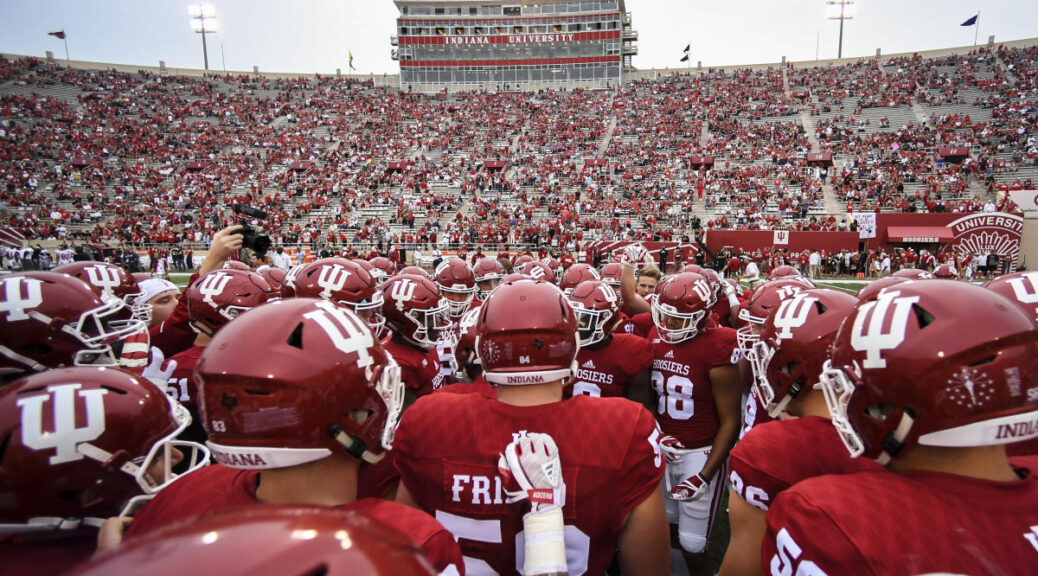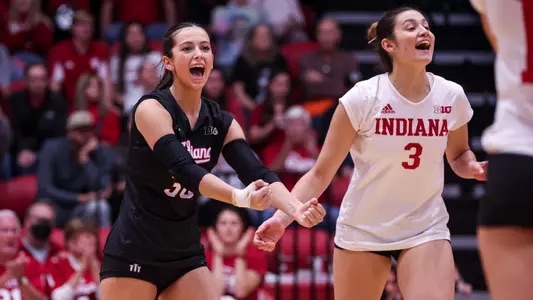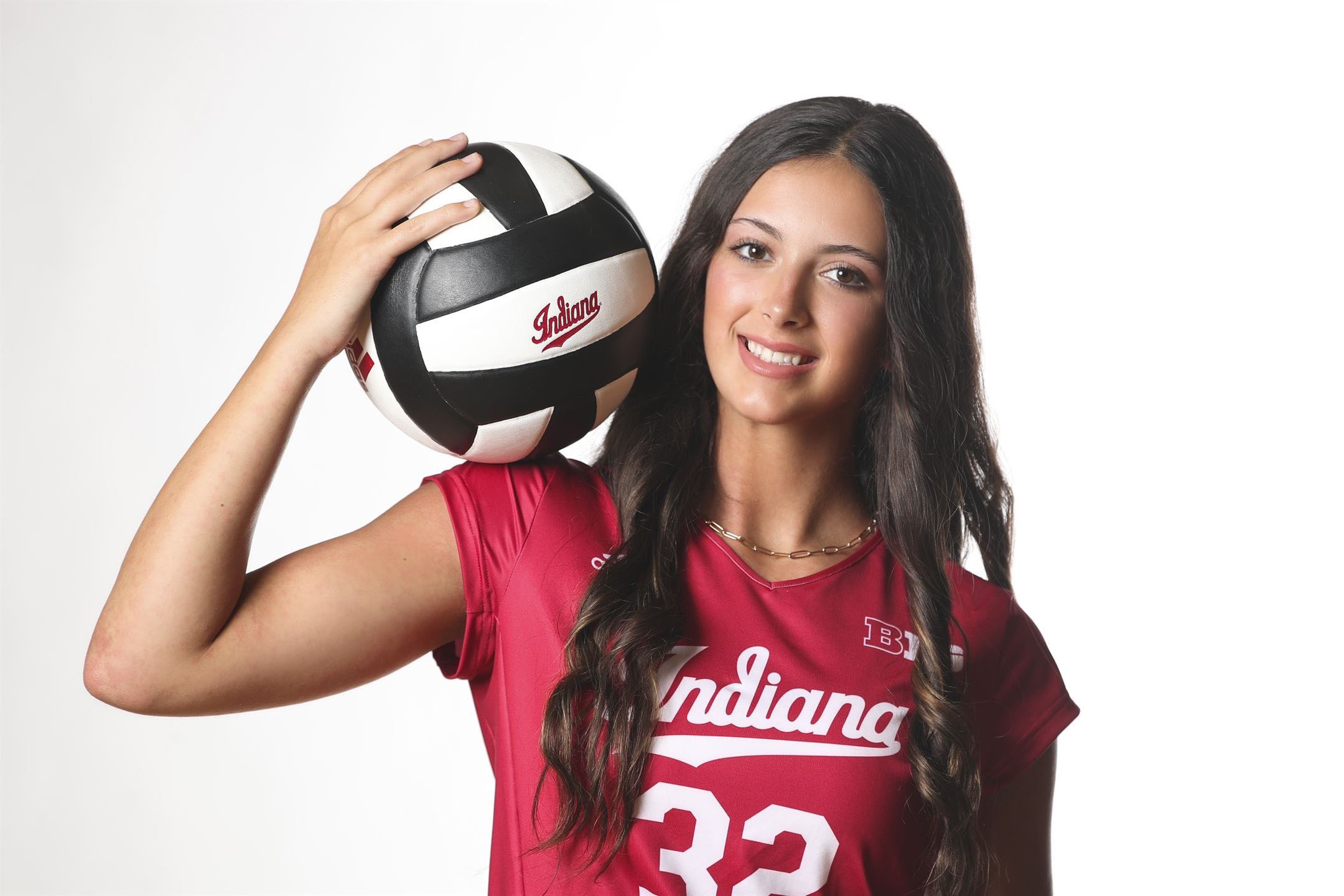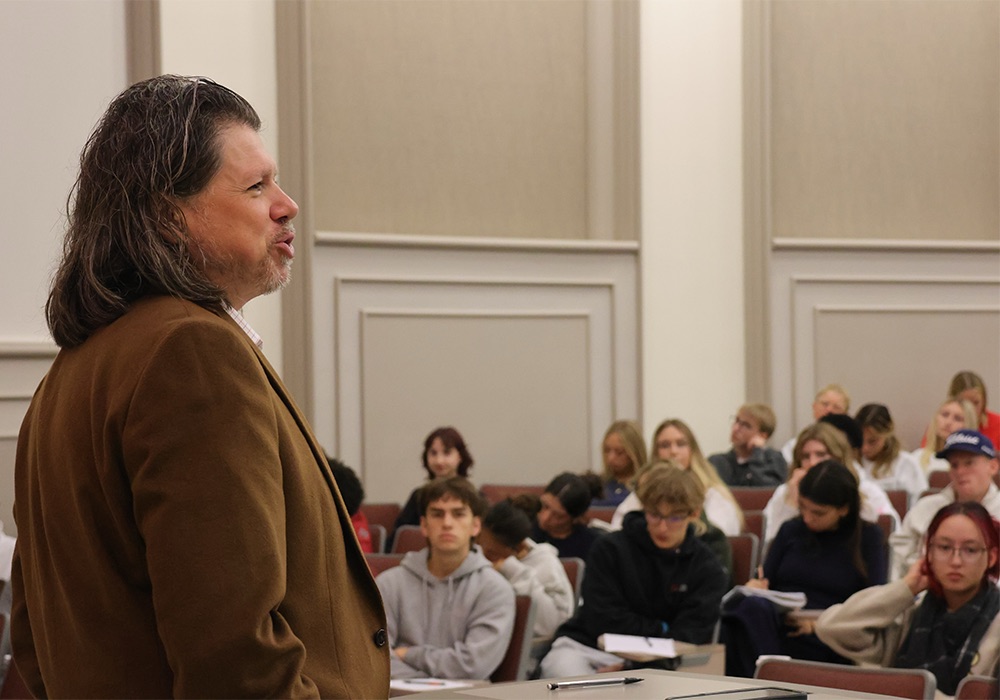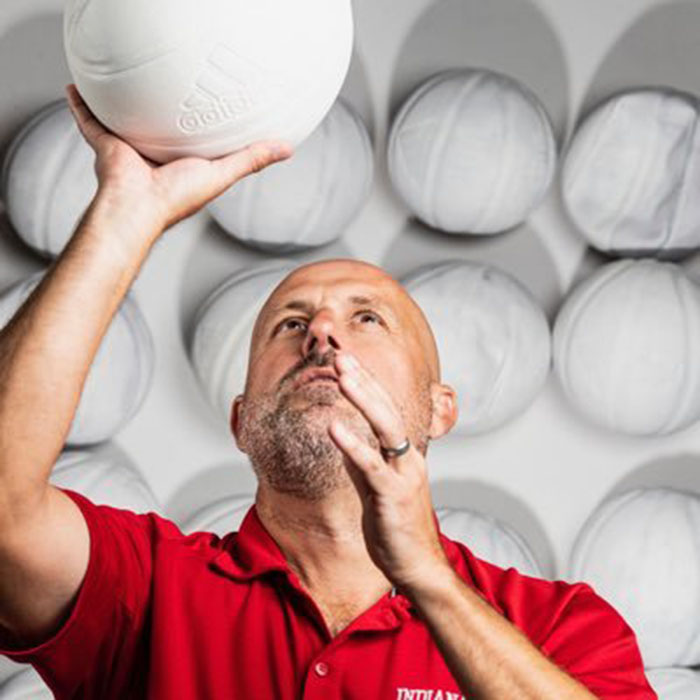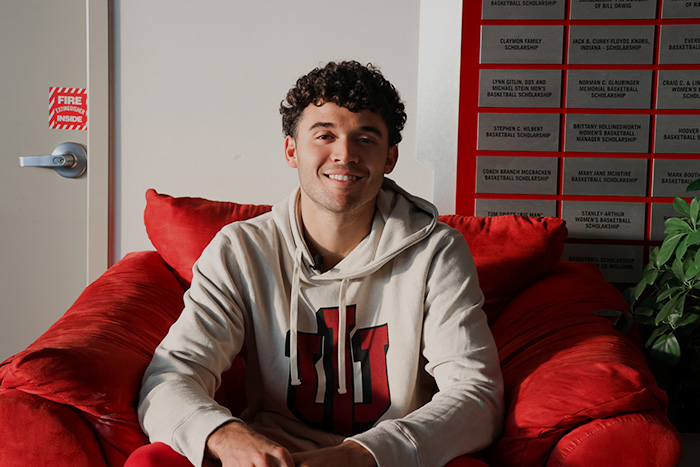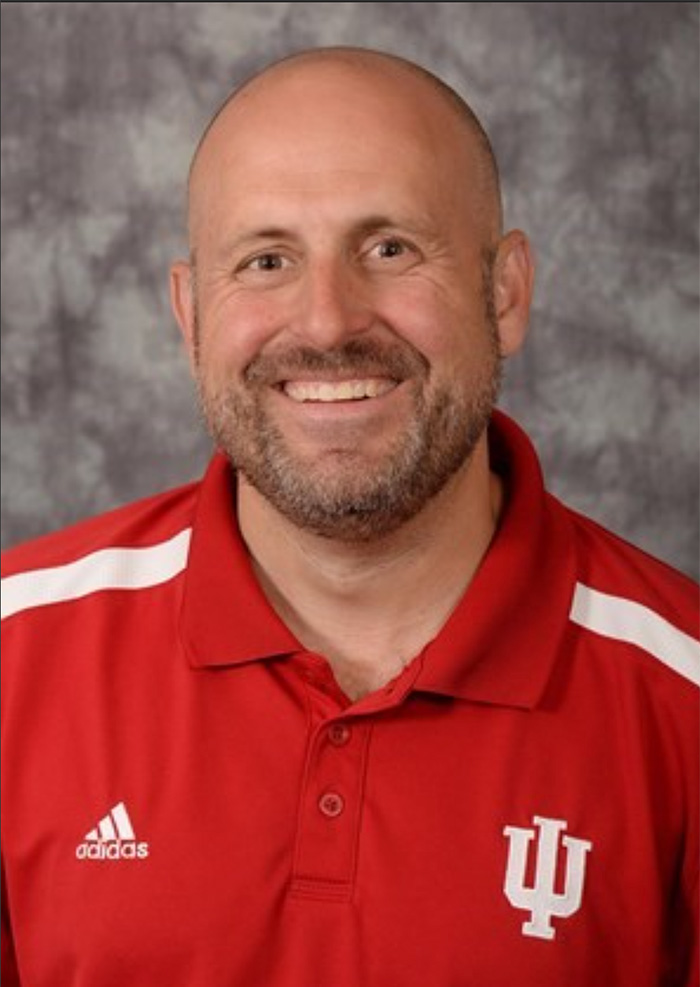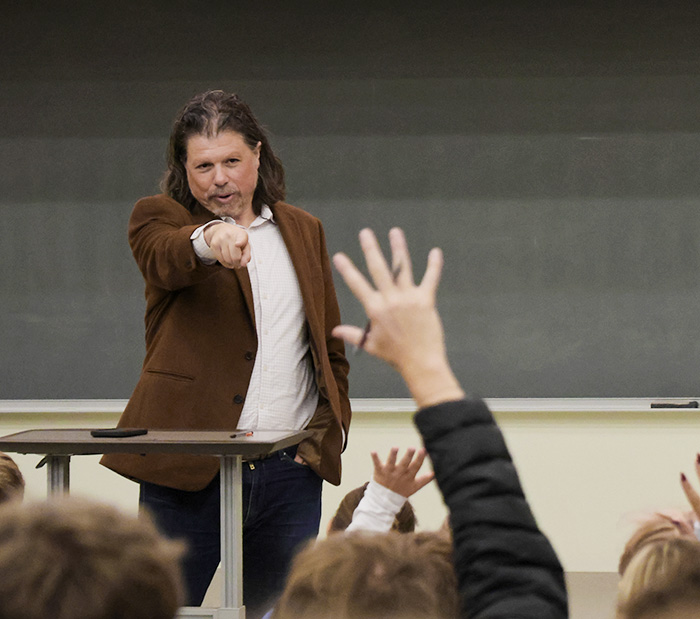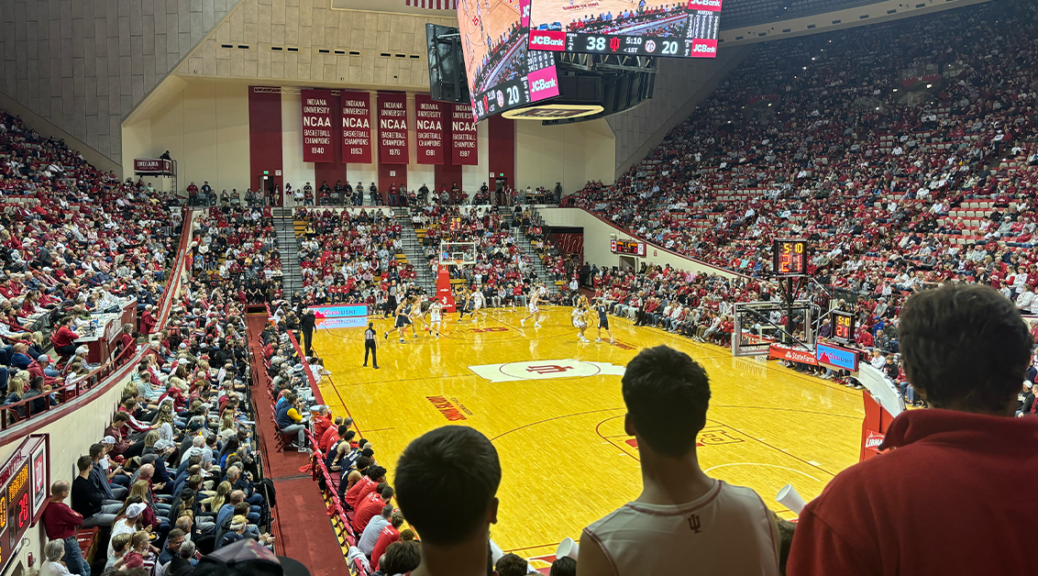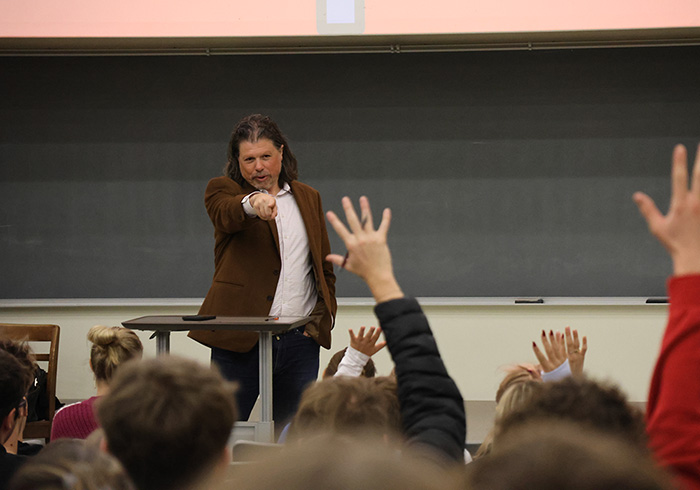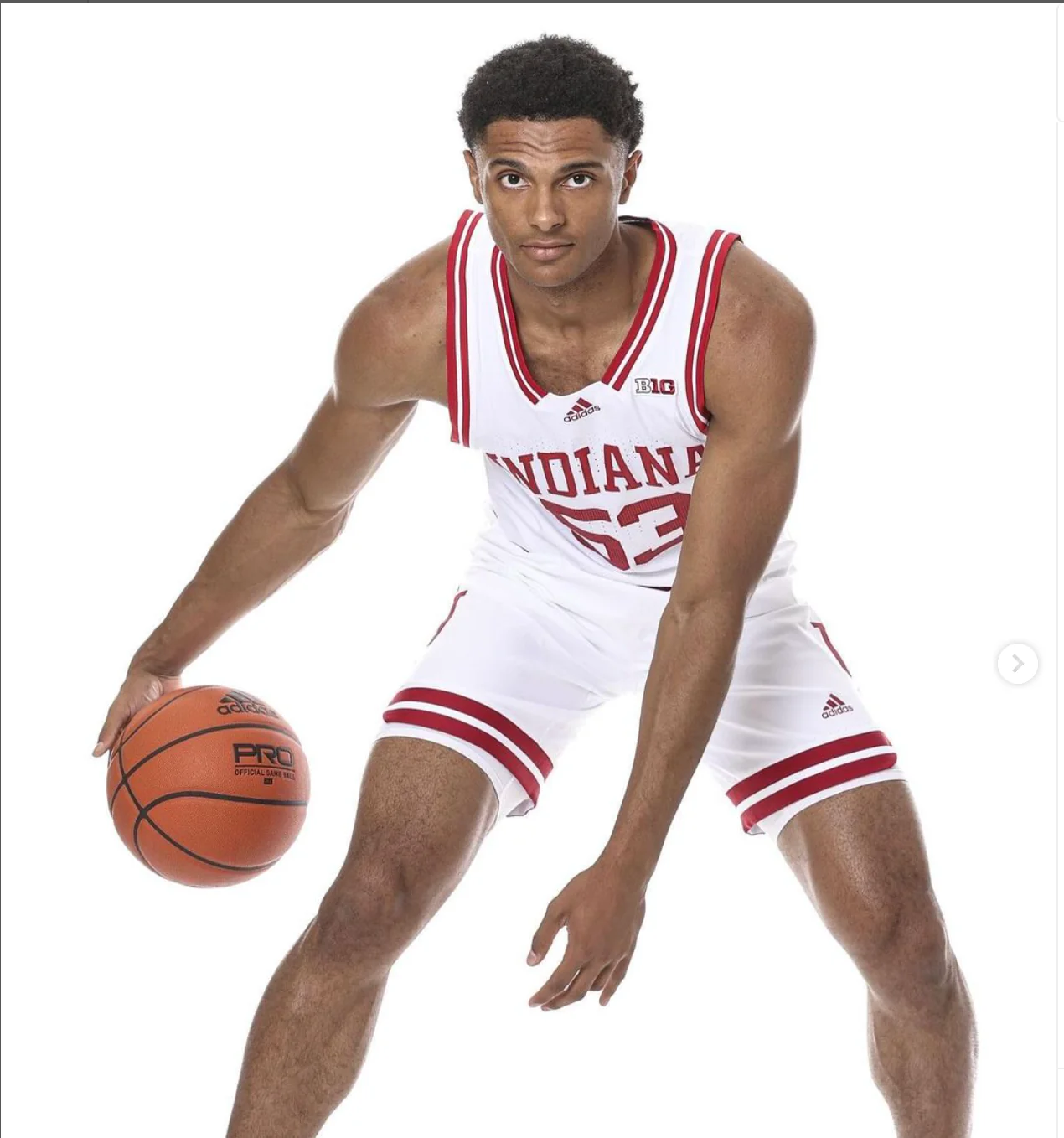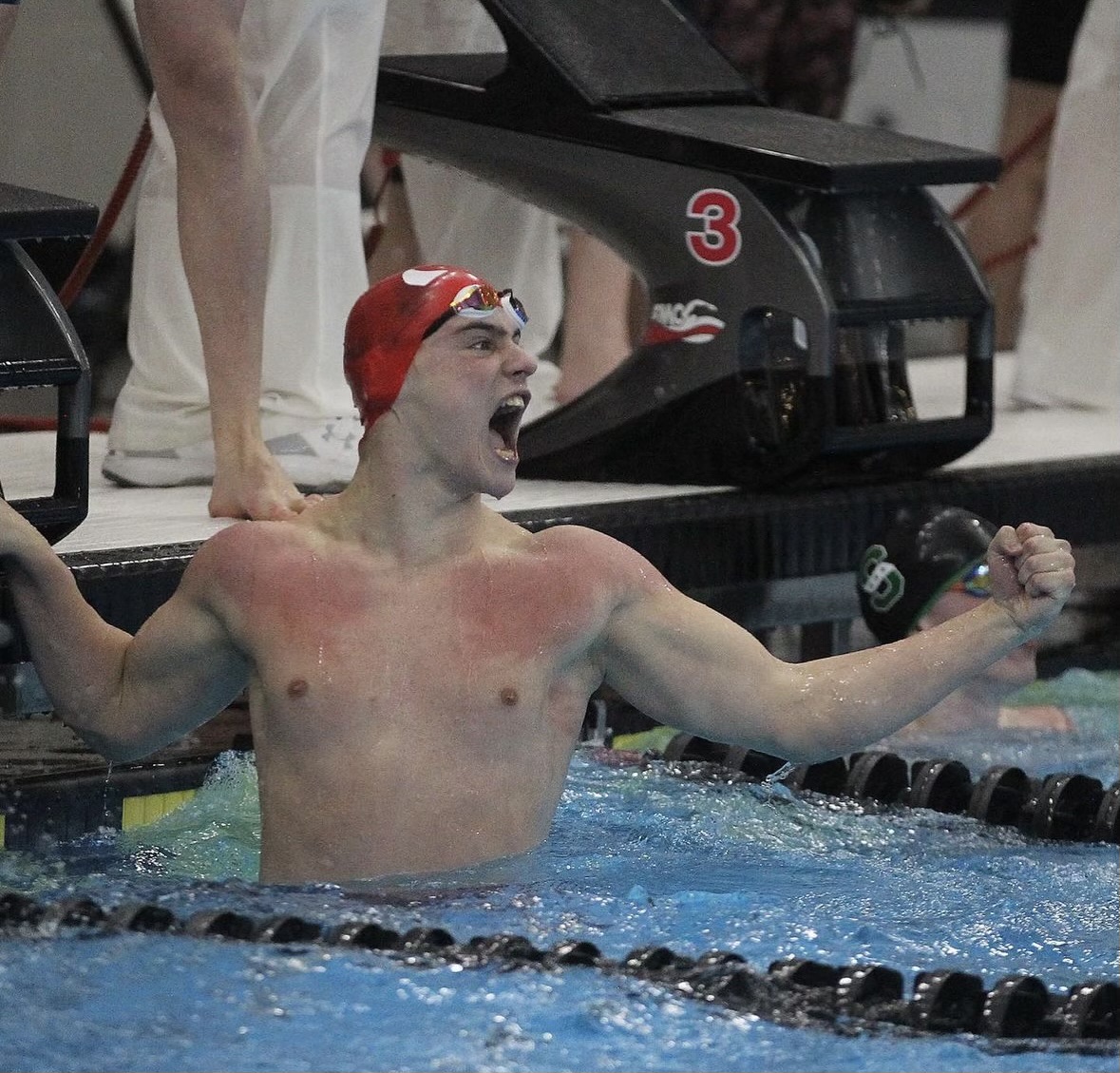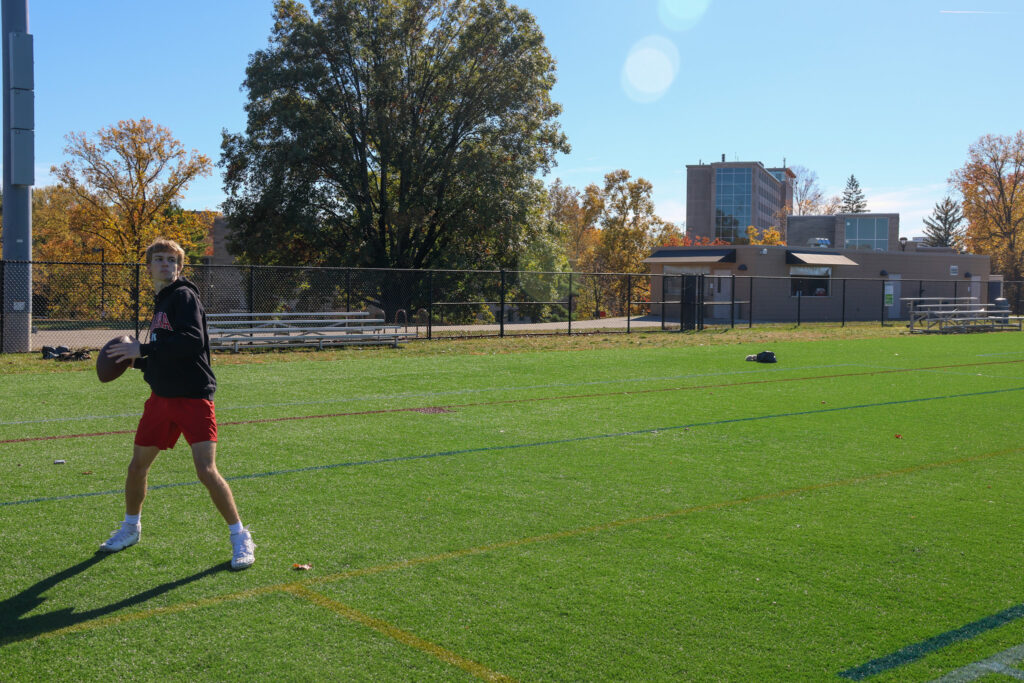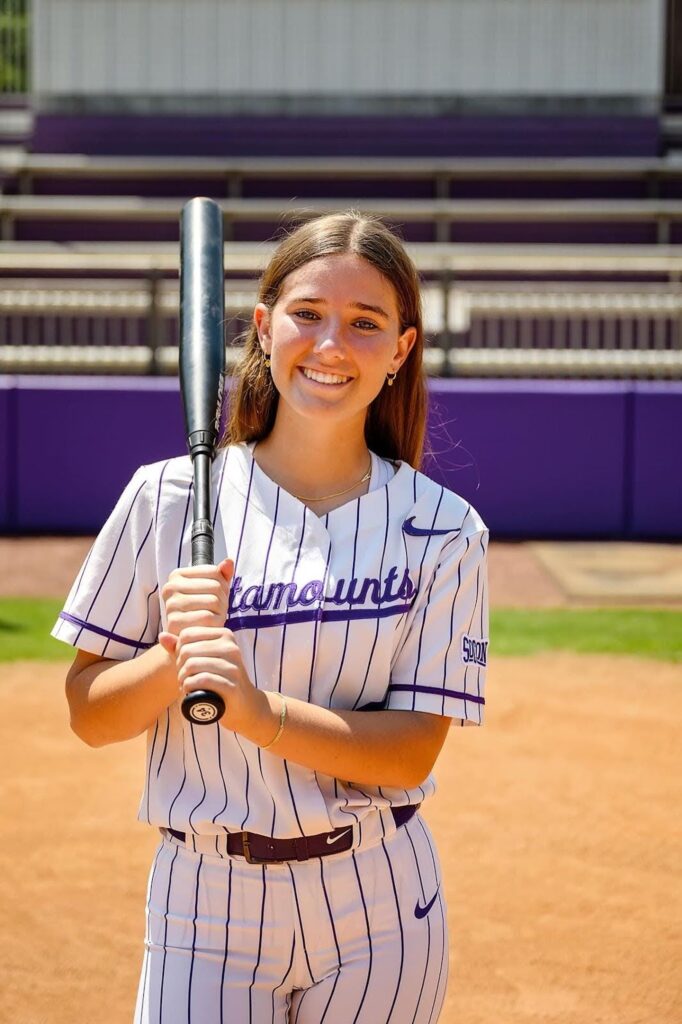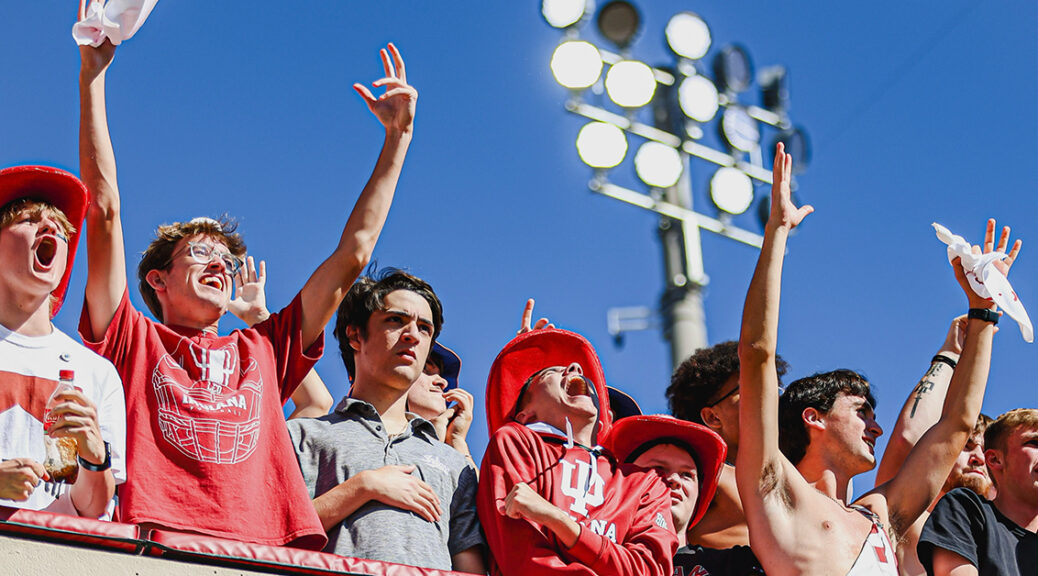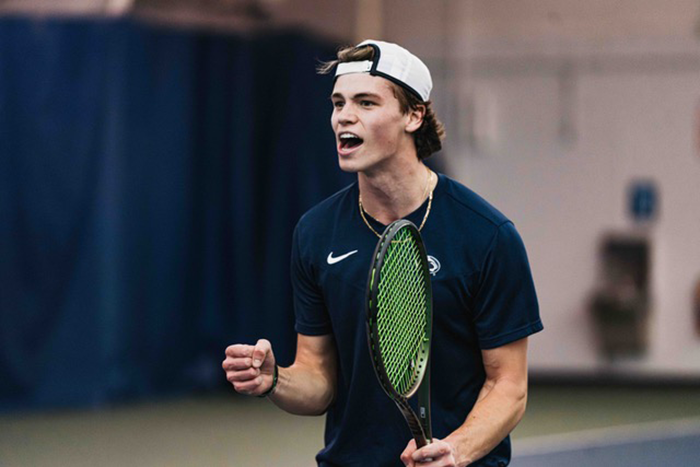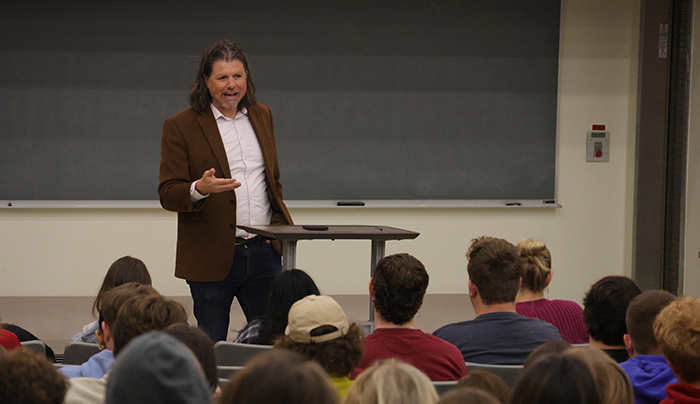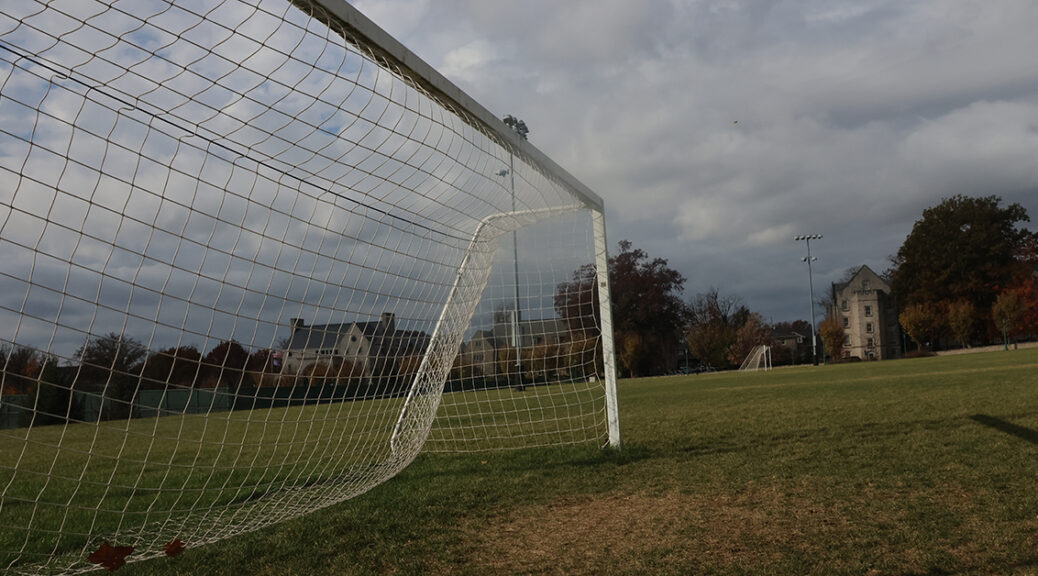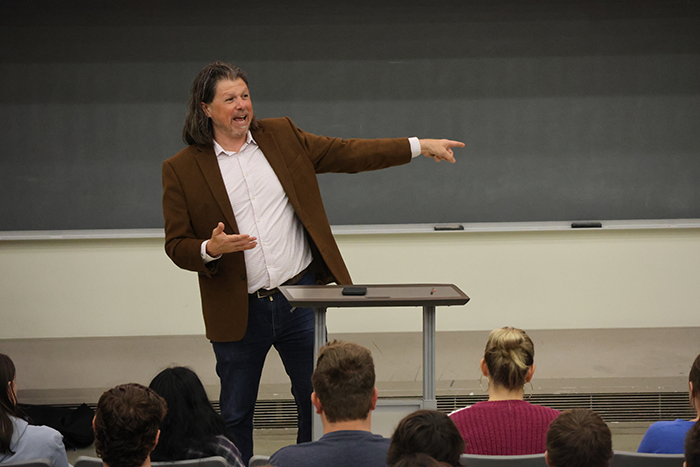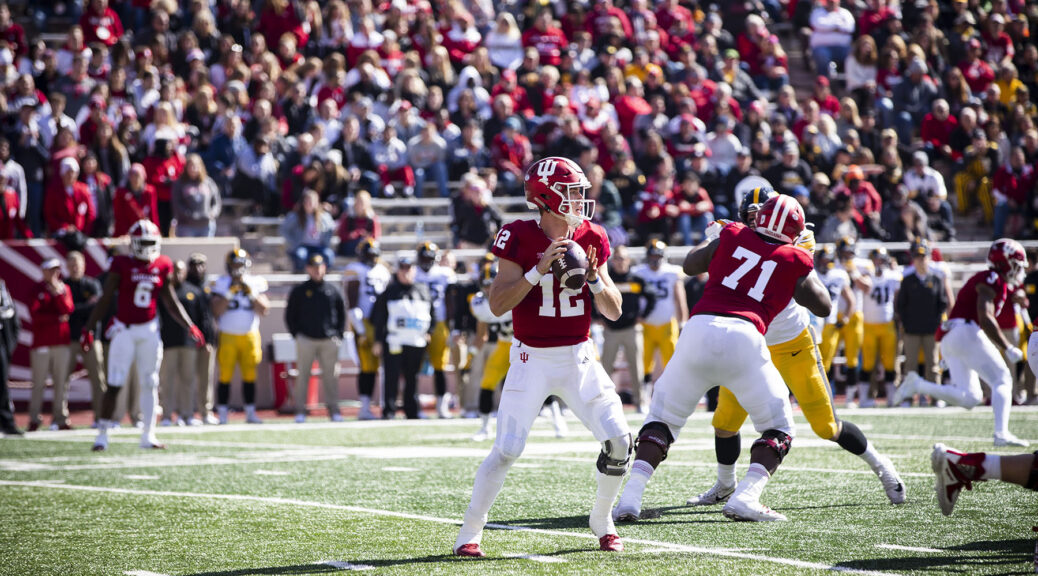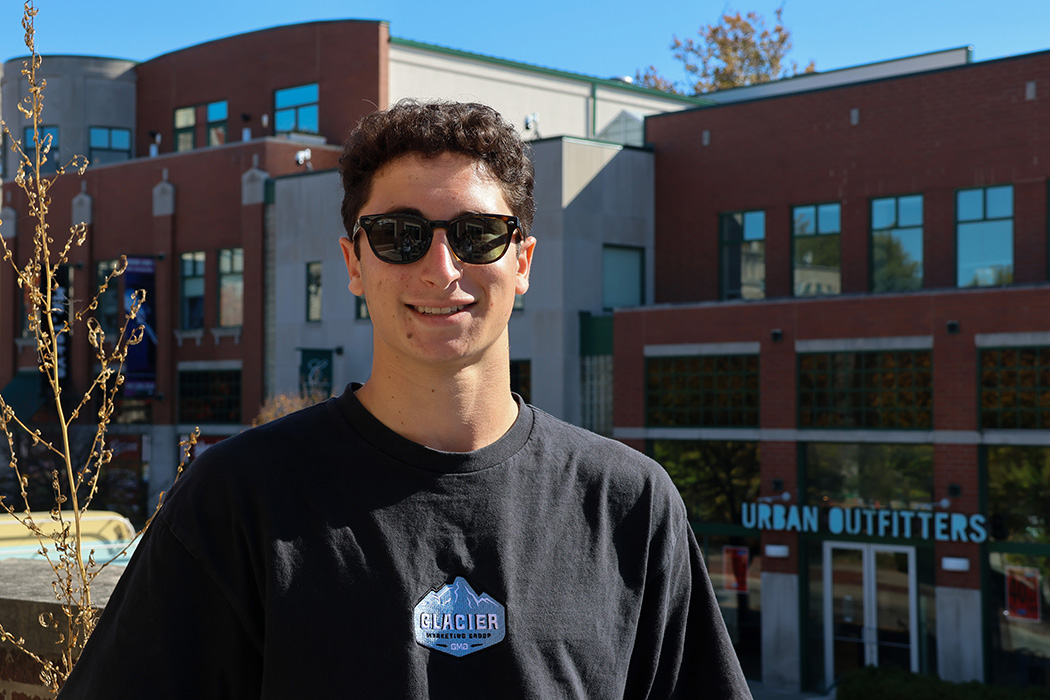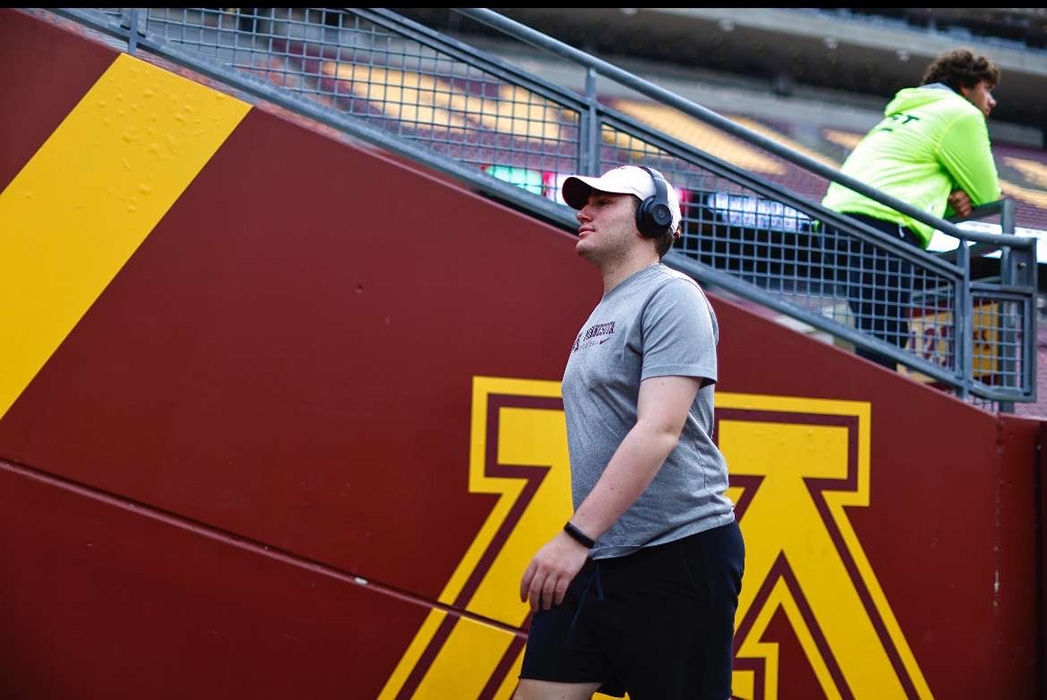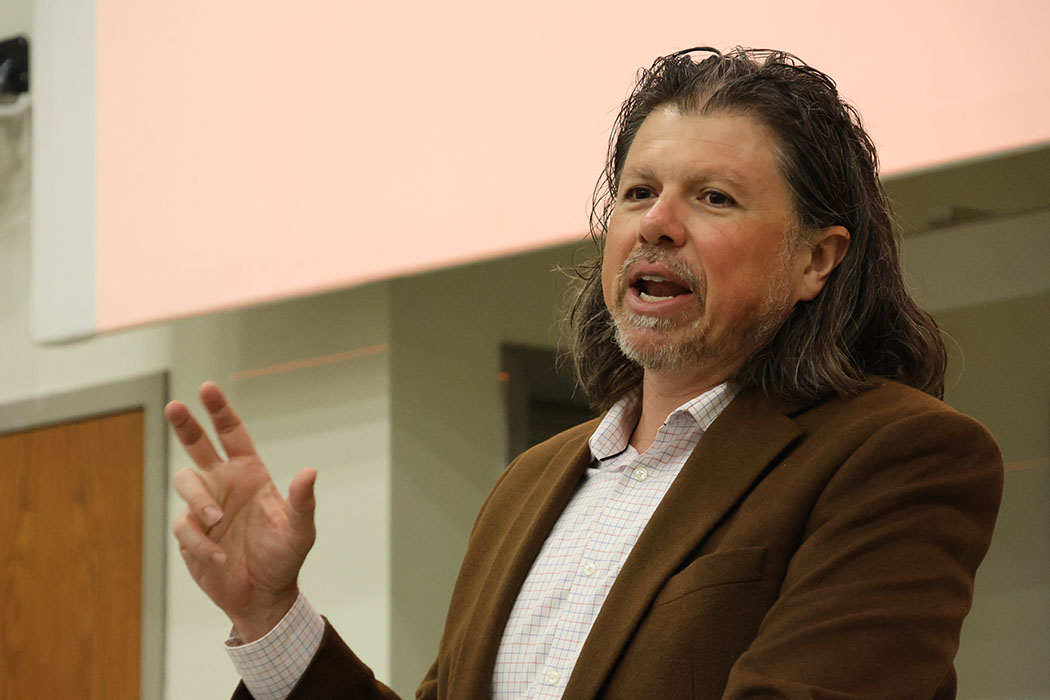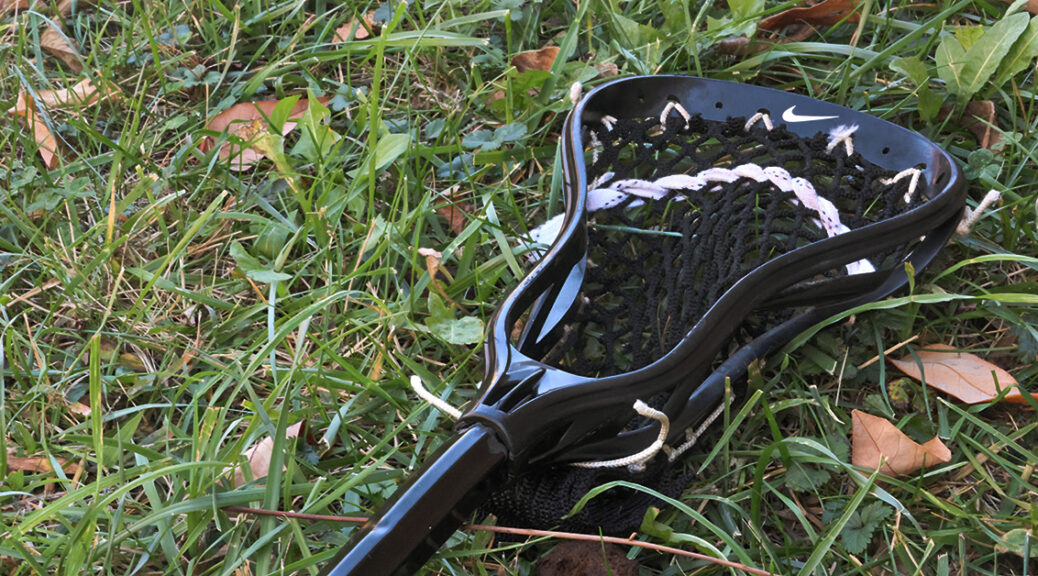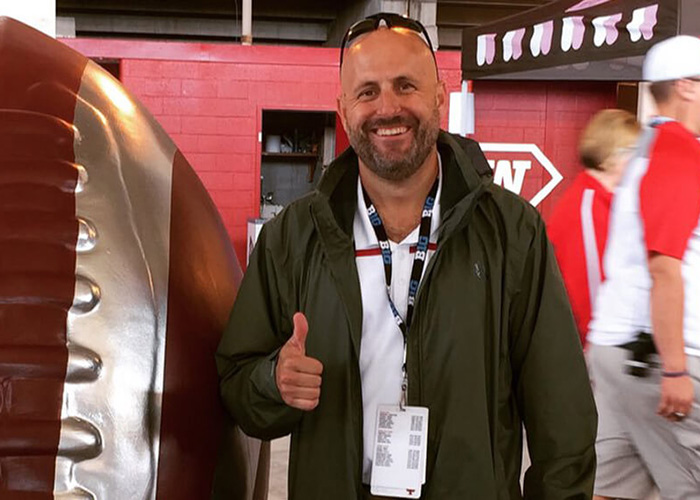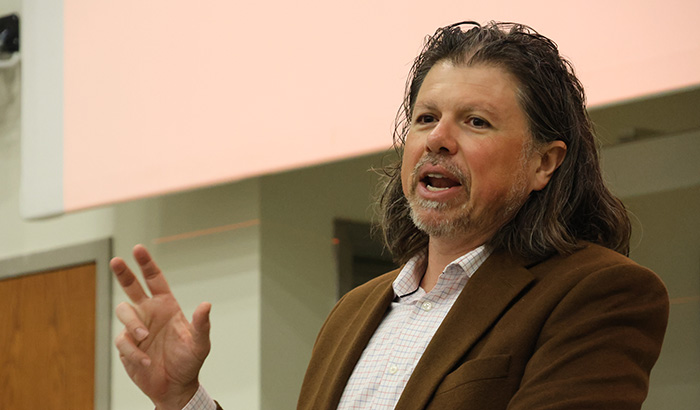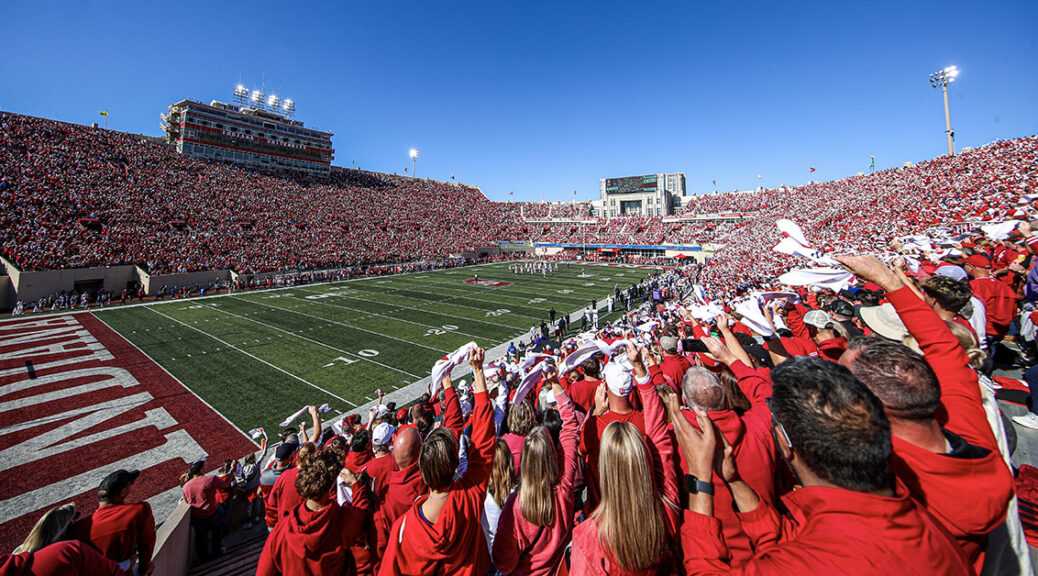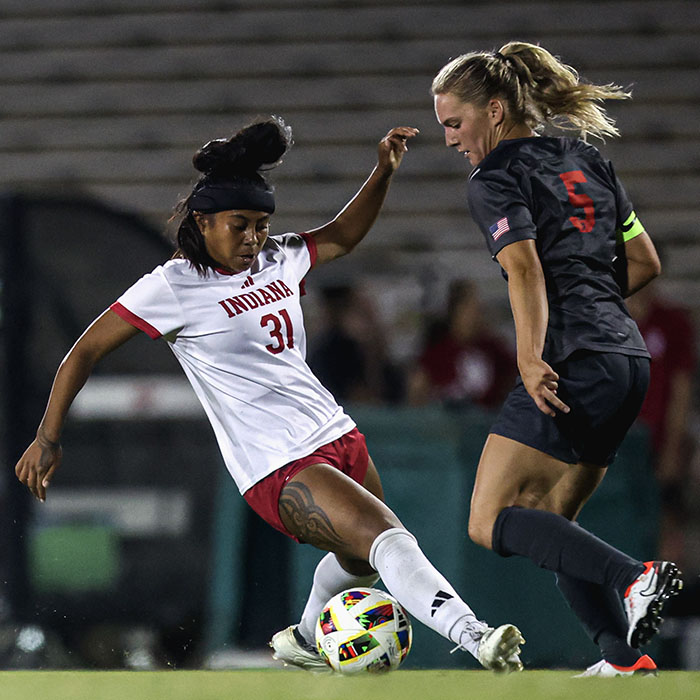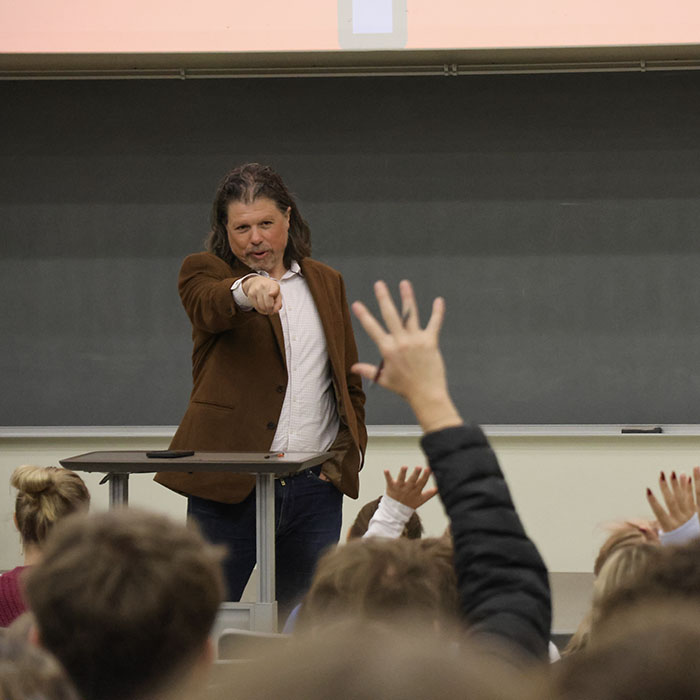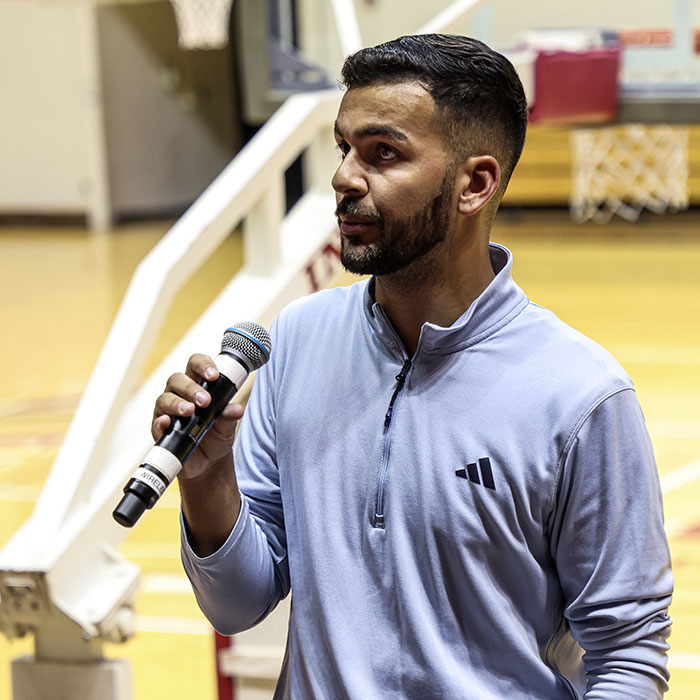NIL helps create more opportunities for college athletes
NIL helps create more opportunities for college athletes
By William Reeves, Victoria DiRocco, and Amy Hansen
BLOOMINGTON, IN (Nov. 5, 2024) – If you were to tell college athletes 10 years ago that they could make money while still enrolled in college, people would call you crazy.
Today, it has become a reality for these athletes because now they are able to gain profit by promoting a product through social media and commercials. In 2021, the NCAA ruled that college athletes would now be able to make money using their name, image, and likeness (NIL) for commercial purposes. This allows the athletes to have merchandise with their credentials on it, appear in advertisements, and other various opportunities to promote their fame. Before 2021, college athletes weren’t able to make money off their NIL, which made them have to rely on the scholarship money they were given by the university. Now, athletes, like Shawn Asbury II, can make money by not only playing their sport but by promoting their NIL through various forms of advertisement.
Our angle for this story was to navigate through college athletes who benefit from NIL deals, and how and if they are beneficial. To give more insight into this news story, we asked three different people what they thought about this rising trend in sports; Shawn Asbury II, Luke Maslin, and Galen Clavio. Asbury is a Defensive Back for the rising Indiana Hoosiers and is currently a Senior, who had recently transferred from Old Dominion University. Maslin is a senior at IU and is studying Sports Management and Marketing. Clavio is the Associate Dean for Undergraduate Education for the Media School and is a Professor of Sports Media.
Asbury has two NIL deals, so we asked him about his experience securing those opportunities. “It was pretty easy,” Asbury said, “a lot of them reach out to you especially because I transferred in, so a lot of them want to get onto the new players early. ” Next, he discussed with us how being able to profit from his NIL changed his approach to college athletics and academics. “It definitely changed that perspective because I’ve never been part of that,” Asbury said.
“Coming from a smaller school, it was definitely cool to see a school that has more money because they’re able to do a lot more things so you’re able to create a lot more different designs that you might not be able to create at other schools and you’re able to have different opportunities you might not have somewhere else.” Asbury has become a fan favorite to the IU fanbase, so why not hear from an IU fan what they think about NIL deals?
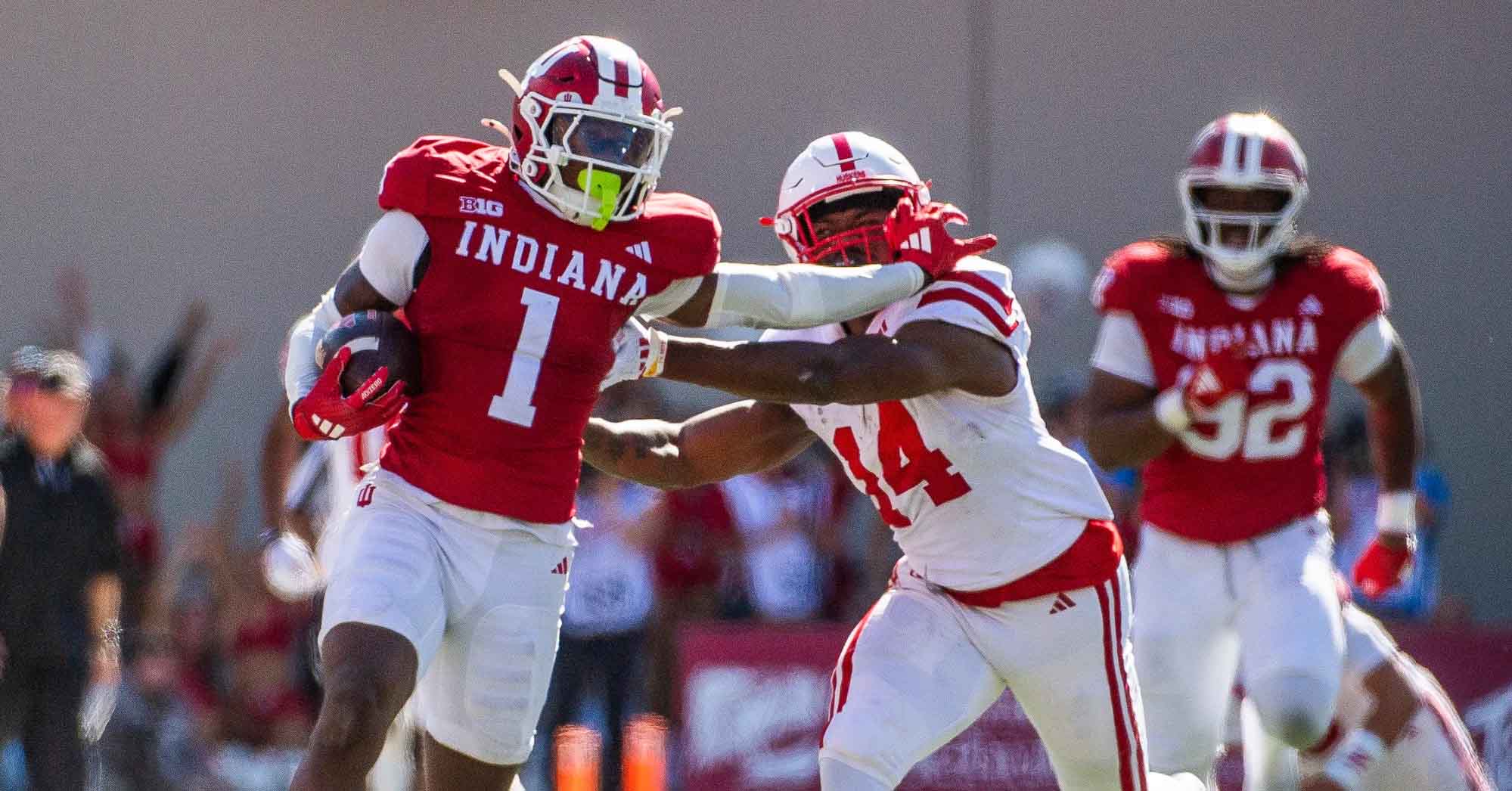
Maslin is a proud IU fan, we asked him how the introduction of NIL deals has changed his views on college sports. “I feel like there’s a difference where some athletes are specifically going to schools just for the money,” Maslin said. “And specifically the last few years of basketball and football, I would say, are the two biggest examples of this.” We then asked him if NIL deals help create a connection with local businesses and the community. “Definitely creates more focus on local businesses,” Maslin said. “If you look at IU, definitely some of the bigger names will be attracted by the bigger brands, but you have places like BuffaLouie’s and Eric Gordon’s Greek’s Pizzeria. All these local shops where they’re sponsoring local athletes in order to get them some money and also to help promote them. It allows for the local businesses to grow a partnership with these athletes, teams, and the school themselves because at the end of the day, they’re all local so they’re doing their best to stick together.” The fans love that NIL deals benefit the community around them, but an expert’s opinion can always strengthen a news story.
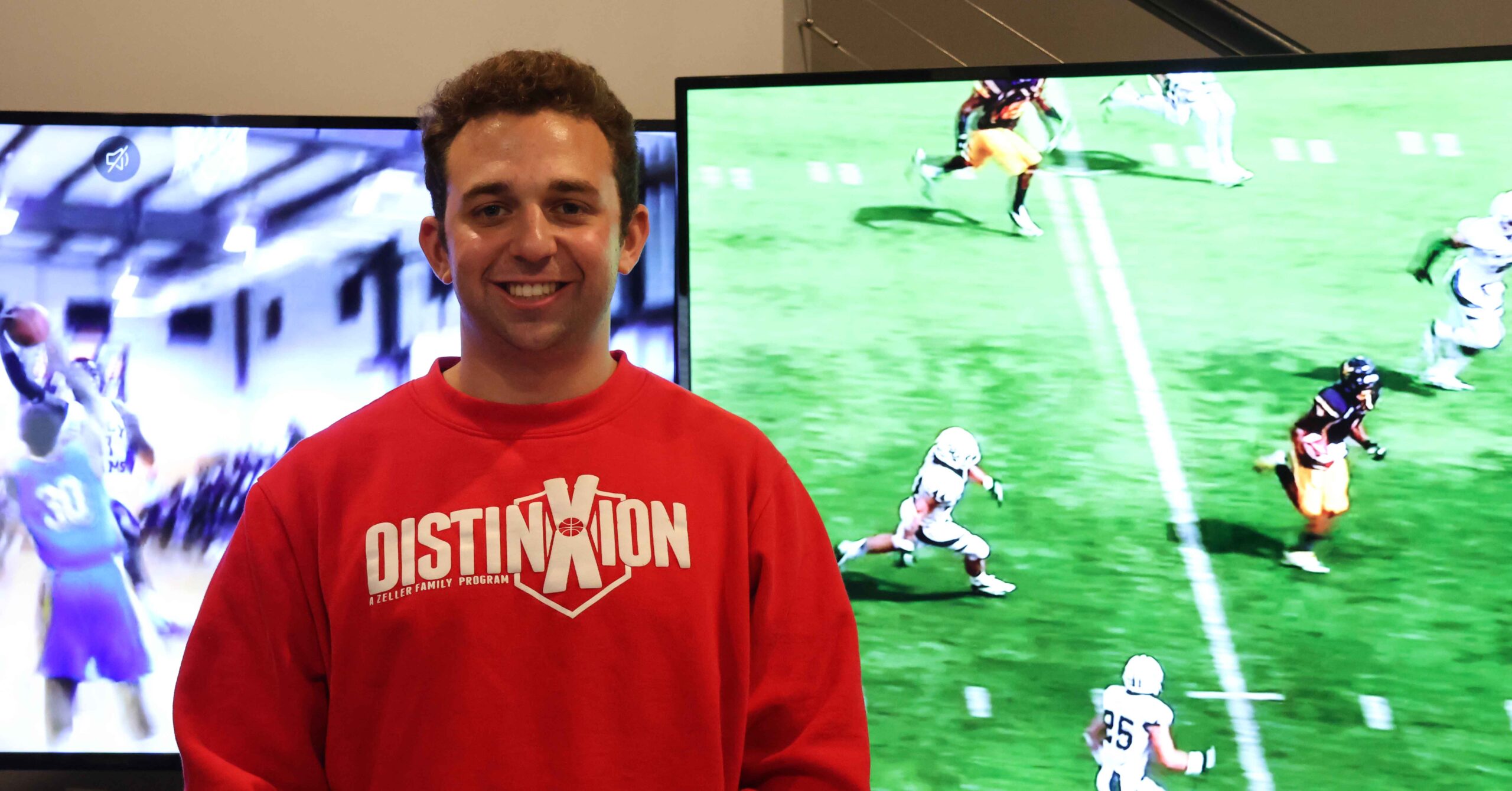
In Clavio’s press conference, we picked out one question that our team liked the most. “Do you think the rise of Women’s Basketball has affected NIL disproportionally?” “I wouldn’t say disproportionally,” Clavio said. “I think a couple of things are happening with women’s sports. There is clearly a groundswell of spectator interest in women’s sports from where we were ten years ago, even five years ago. I think that was probably always going to recur as media became more decentralized, you think about your viewing habits and what you’re interested in. It’s easier to follow sports that are not in primetime on television now than it was 10 years ago because of the rise of digital television services and streaming services and whatnot.” With the world of media we live in the fans can watch the most popular teams as they are shown more often and this is the case for IU Women’s Basketball.
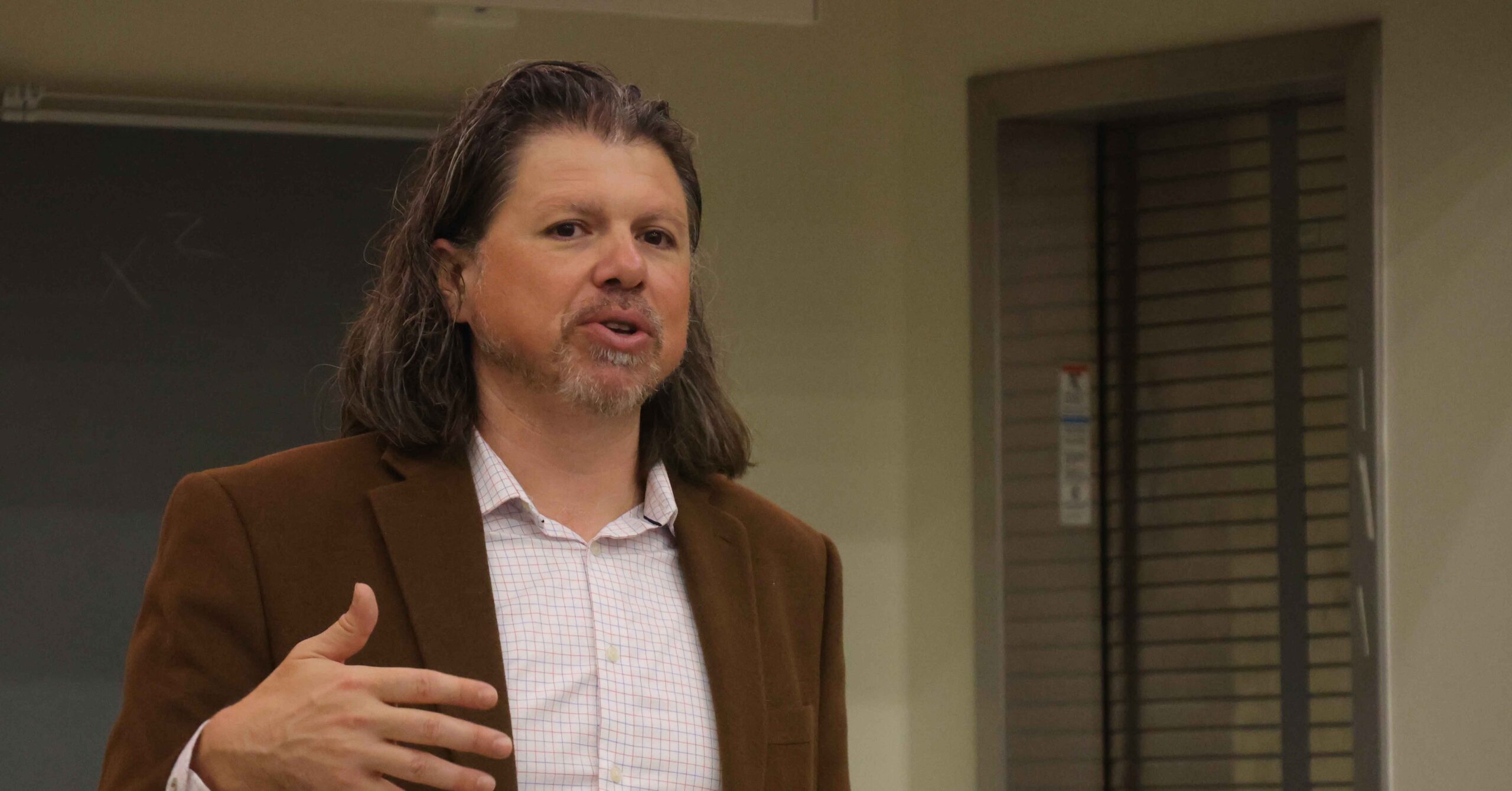
To learn more about what our fans thought about NIL deals, we went through the streets of Bloomington to learn what the community thought about the rising trend. These three interviewees provided interesting thoughts on the topic and great information.
Three interviewees were from the streets of Bloomington, Indiana on a Friday morning. Our group interviewed three people to learn more about their thoughts on NIL deals.
###


